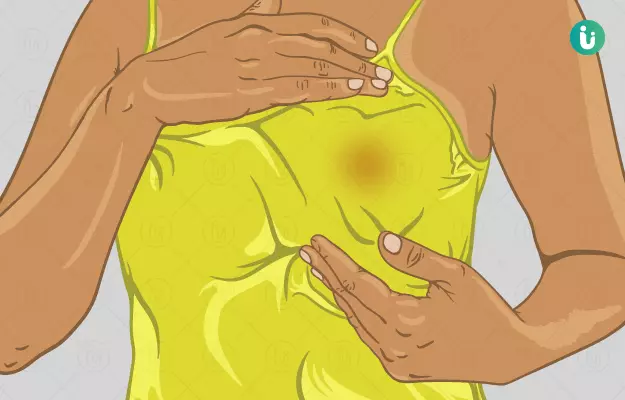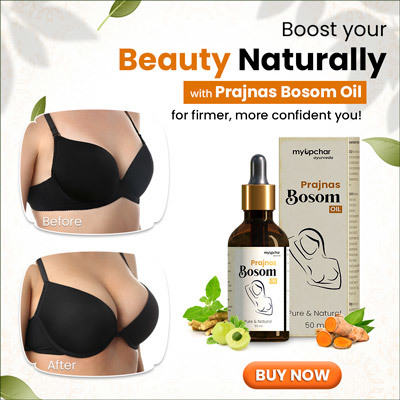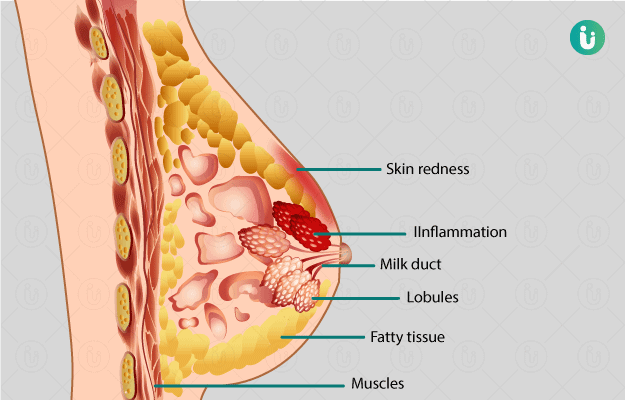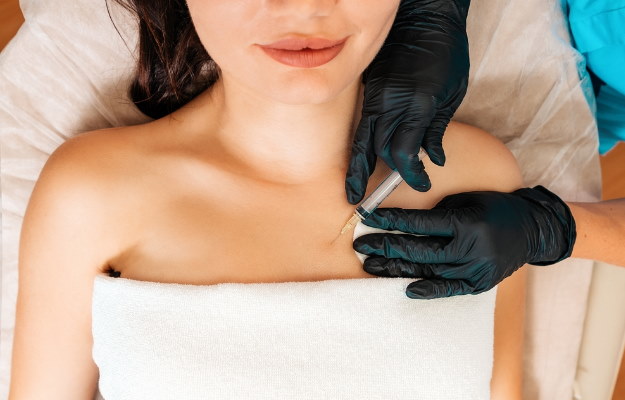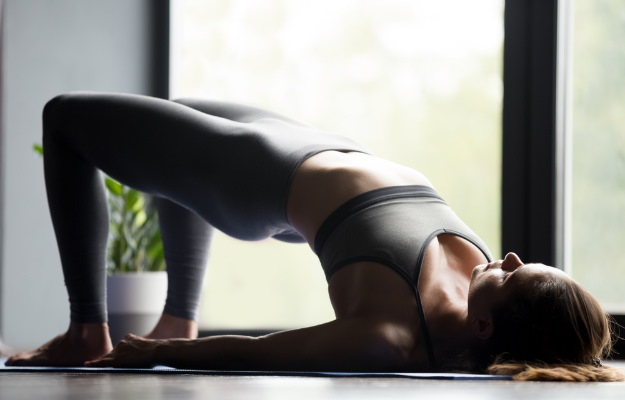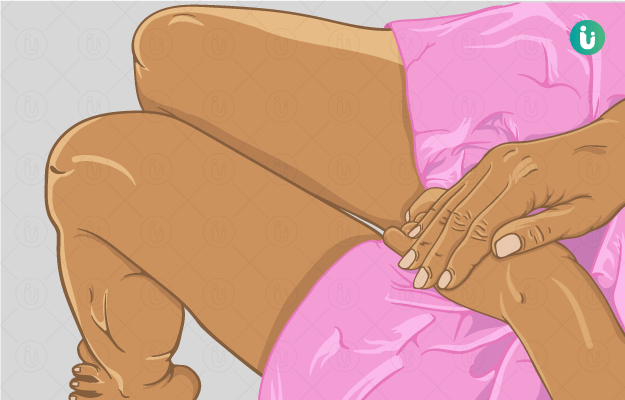Nipple pain is one of the most feared symptoms forth breast pain. The very word elicits thoughts and worries about extreme causes, from an infection to disease and, let’s face it, most of us have at least once wondered, reluctantly so, if the random pain in the breast is breast cancer.
The good news is nipple pain, though it is one of the symptoms in breast cancer, does not point to such condition until it is associated with lumps, discharge and other unusual symptoms. In fact, it is one of the most common symptoms of a detergent allergy or the ill effects of using a sports bra for long.
So take a deep breath and let all your worries go and read on to know if you need to change some habits that might be causing nipple pain or is it time to visit a doctor.


